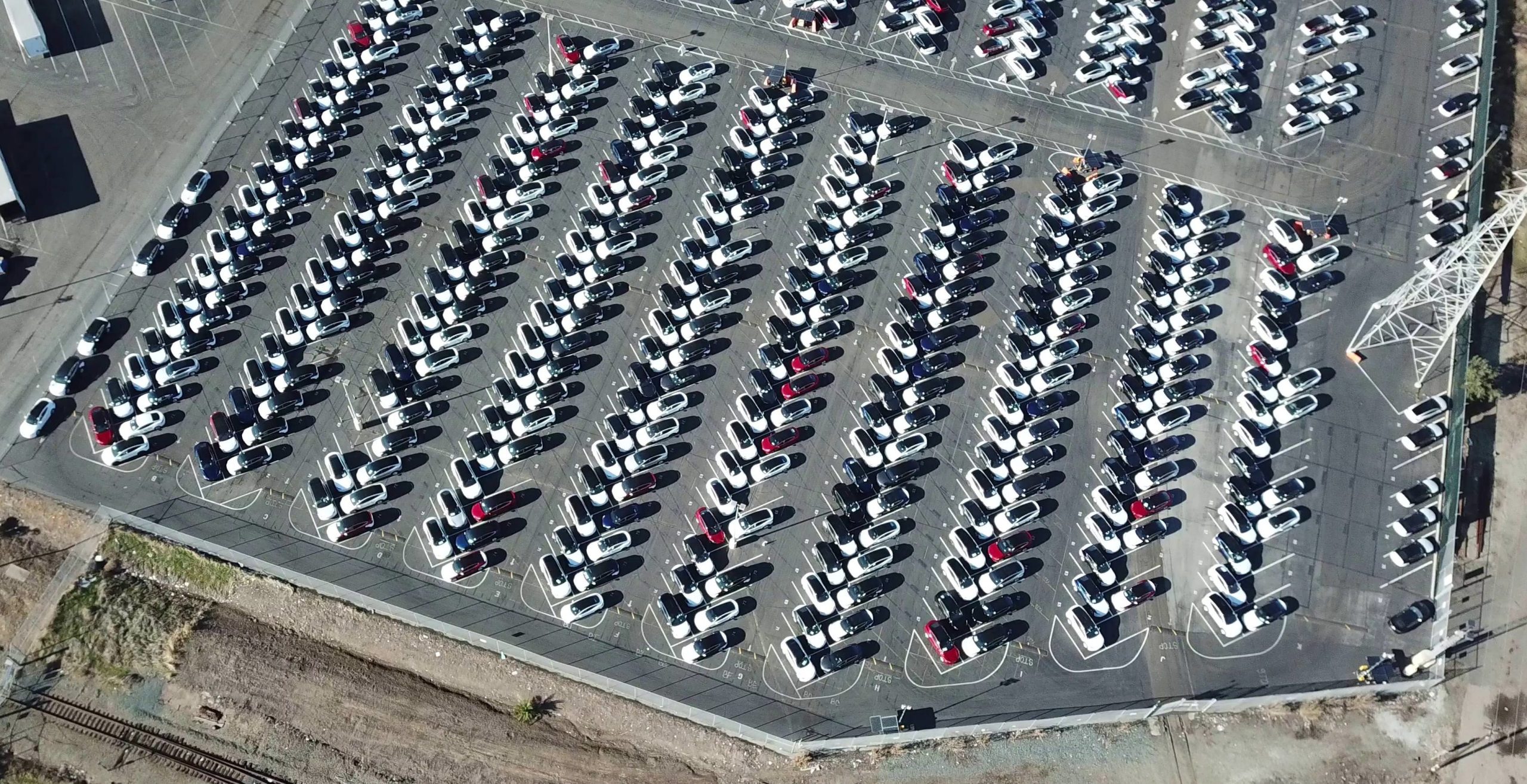
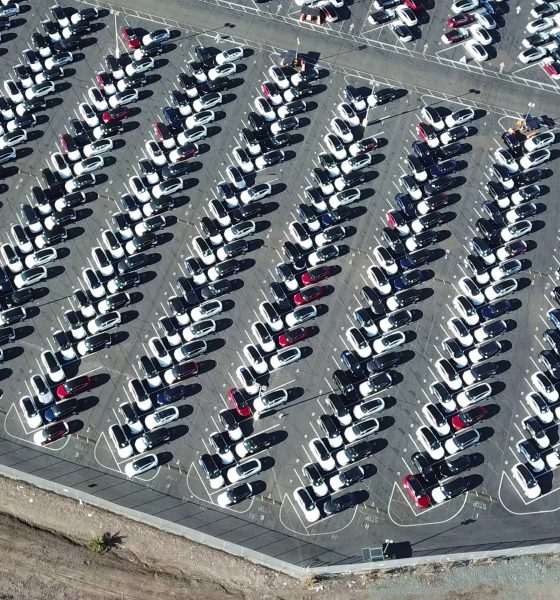
Investor's Corner
Tesla Q1 2018 Earnings: $785M cash burned, $3.4B Revenue, Model 3 in focus
Tesla’s first-quarter earnings for 2018 saw the California-based carmaker beat Wall Street revenue estimates after posting $3.4 billion in revenue and beating earnings estimates with a loss of $568 million.
The results, which were posted in an update letter to investors after the closing bell on Wednesday, May 2, showed first-quarter earnings of -$3.35 per share, beating analyst estimates of -$3.58 per share. Revenue was $3.4 billion versus an estimate of $3.22 billion.
Revenue and Operating Losses
The company’s revenue for the first quarter consisted of $2.74B in automotive revenue and $410M from their energy and battery storage division. Automotive revenue saw an increase of 19.4% compared to the same period last year. The energy and battery storage division nearly doubled revenue with an increase of 91.6% compared to the same period last year. Overall, total revenue was up 26.4% year-on-year.
Automotive revenue slightly increased by 1.2% compared Q4 2017, while energy generation and storage increased significantly by 37.5%. Tesla deployed 76 MW of energy generation and 373 MWh of energy storage products in the first quarter as well.
Tesla posted operating losses of $563 million in the first quarter, primarily due to the ongoing ramp of the Model 3. On a per-share basis, the company posted a loss of $3.35 per share.
Model 3
Tesla was able to deliver 8,182 Model 3 vehicles during the first quarter of 2018. During the quarter the company produced 9,766 Model 3’s. The company’s Q1 2018 Update Letter maintained the company’s expectations of hitting the 5,000 a week production goal for the Model 3.
“After achieving a production rate of 5,000 per week, we will begin offering new options such as all-wheel-drive and the base model with a standard-sized battery pack,” Tesla stated in the letter.
The company reported that net Model 3 reservations are still above 450,000. Less than 20 Tesla stores have the Model 3 on display, and the company plans to deploy more Model 3’s to other stores.
Tesla Energy
Tesla did not state how much revenue the massive 129MWh South Australia project generated, stating, “substantial growth of our energy storage deployments and recognition of our large project in South Australia.”
Energy Storage and Generation generated $410 million worth of revenue for the company. The numbers are representative of Tesla Energy’s organic growth since the company acquired SolarCity back in 2016.
Earnings Highlights
- Tesla streamlined Model 3 battery pack production time by 96%, says Elon Musk
- Tesla explains oversight on Model 3 production line automation
“Electric utilities and power producers around the globe are increasingly appreciating the value proposition of our Powerpack storage systems based not only on economic benefits but also on the operational benefits of faster response time and greater reliability of the electric grid. In addition, we deployed a record number of residential Powerwall systems in Q1. In spite of the significant growth of Powerwall deliveries, our backlog in Q1 continued to grow,” Tesla stated in the quarterly letter.
Guidance for the end of 2018
Tesla expects to deliver 100,000 Model S and X vehicles for 2018. The company also reiterated its goal of producing 5,000 Model 3 per week by the end of the second quarter. Tesla did not disclose an overall production target for the Model 3 in 2018.
Tesla also expects its Energy products to start generating more revenue, in light of more battery storage projects and the start of residential installations of Solar Roof tiles. The company also expects to see revenue from its Supercharger network, due to the increasing number of Model 3 using the charging facilities.
Tesla has just over $2.67 billion in cash at the end of the quarter, down from $3.37 billion in the previous quarter.
Today’s trading session ended with TSLA closing up 0.41% at $301.15. After-hours, the stock was trading up nearly another 2%.
Tesla’s full Q1 2018 Update Letter can be accessed here.

Investor's Corner
Tesla bear gets blunt with beliefs over company valuation
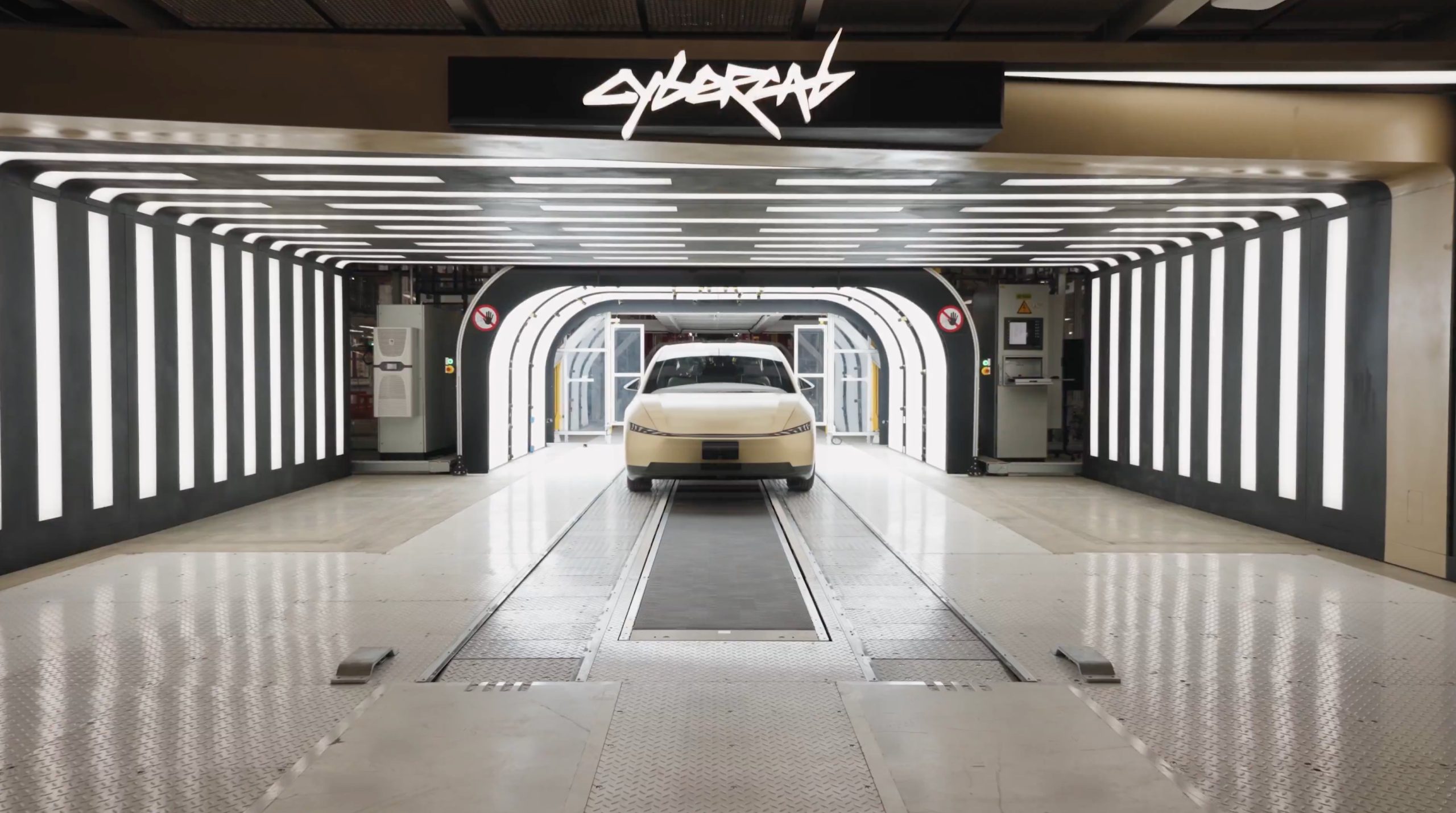
Tesla bear Michael Burry got blunt with his beliefs over the company’s valuation, which he called “ridiculously overvalued” in a newsletter to subscribers this past weekend.
“Tesla’s market capitalization is ridiculously overvalued today and has been for a good long time,” Burry, who was the inspiration for the movie The Big Short, and was portrayed by Christian Bale.
Burry went on to say, “As an aside, the Elon cult was all-in on electric cars until competition showed up, then all-in on autonomous driving until competition showed up, and now is all-in on robots — until competition shows up.”
Tesla bear Michael Burry ditches bet against $TSLA, says ‘media inflated’ the situation
For a long time, Burry has been skeptical of Tesla, its stock, and its CEO, Elon Musk, even placing a $530 million bet against shares several years ago. Eventually, Burry’s short position extended to other supporters of the company, including ARK Invest.
Tesla has long drawn skepticism from investors and more traditional analysts, who believe its valuation is overblown. However, the company is not traded as a traditional stock, something that other Wall Street firms have recognized.
While many believe the company has some serious pull as an automaker, an identity that helped it reach the valuation it has, Tesla has more than transformed into a robotics, AI, and self-driving play, pulling itself into the realm of some of the most recognizable stocks in tech.
Burry’s Scion Asset Management has put its money where its mouth is against Tesla stock on several occasions, but the firm has not yielded positive results, as shares have increased in value since 2020 by over 115 percent. The firm closed in May.
In 2020, it launched its short position, but by October 2021, it had ditched that position.
Tesla has had a tumultuous year on Wall Street, dipping significantly to around the $220 mark at one point. However, it rebounded significantly in September, climbing back up to the $400 region, as it currently trades at around $430.
It closed at $430.14 on Monday.
Investor's Corner
Mizuho keeps Tesla (TSLA) “Outperform” rating but lowers price target
As per the Mizuho analyst, upcoming changes to EV incentives in the U.S. and China could affect Tesla’s unit growth more than previously expected.
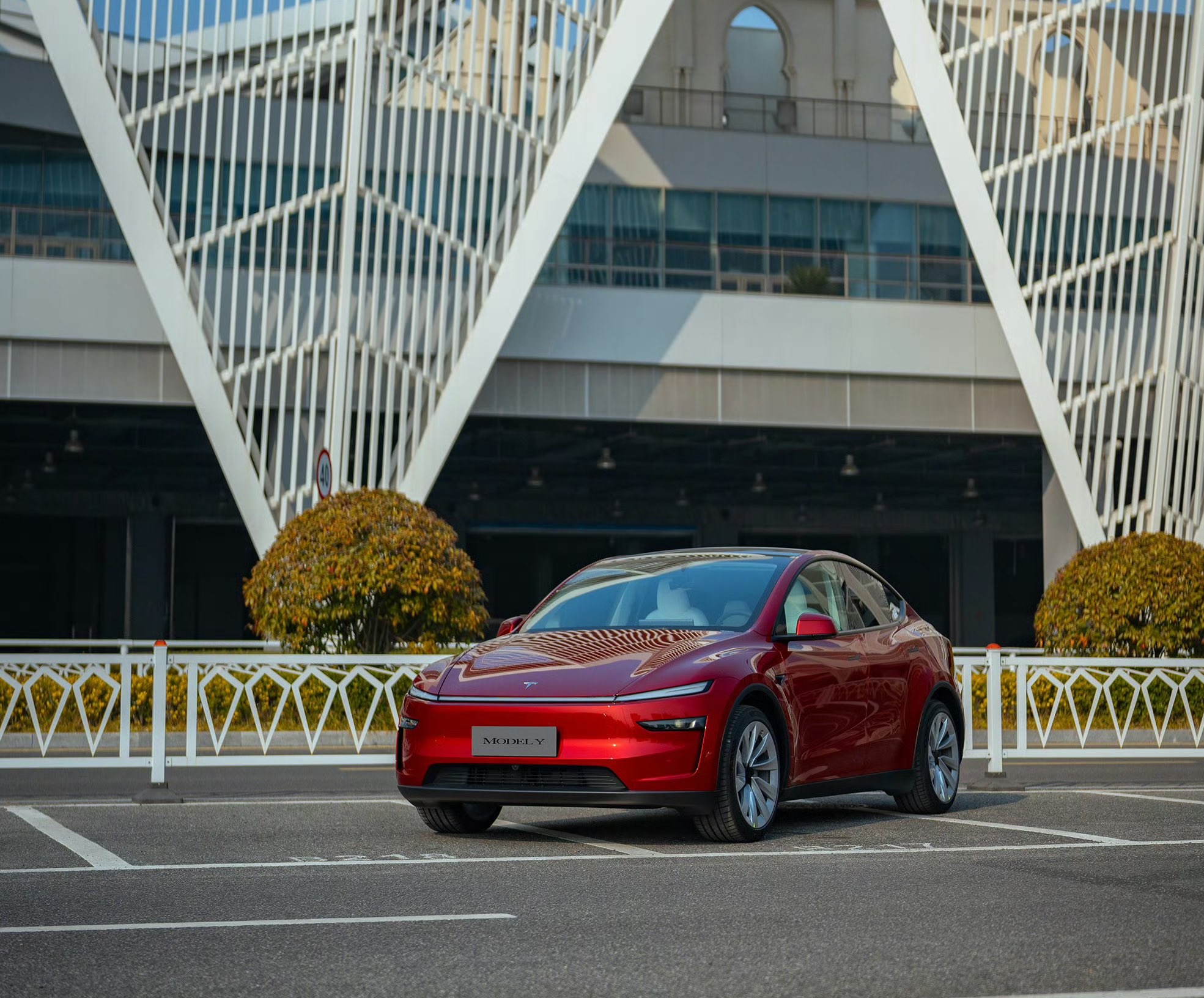
Mizuho analyst Vijay Rakesh lowered Tesla’s (NASDAQ:TSLA) price target to $475 from $485, citing potential 2026 EV subsidy cuts in the U.S. and China that could pressure deliveries. The firm maintained its Outperform rating for the electric vehicle maker, however.
As per the Mizuho analyst, upcoming changes to EV incentives in the U.S. and China could affect Tesla’s unit growth more than previously expected. The U.S. accounted for roughly 37% of Tesla’s third-quarter 2025 sales, while China represented about 34%, making both markets highly sensitive to policy shifts. Potential 50% cuts to Chinese subsidies and reduced U.S. incentives affected the firm’s outlook.
With those pressures factored in, the firm now expects Tesla to deliver 1.75 million vehicles in 2026 and 2 million in 2027, slightly below consensus estimates of 1.82 million and 2.15 million, respectively. The analyst was cautiously optimistic, as near-term pressure from subsidies is there, but the company’s long-term tech roadmap remains very compelling.
Despite the revised target, Mizuho remained optimistic on Tesla’s long-term technology roadmap. The firm highlighted three major growth drivers into 2027: the broader adoption of Full Self-Driving V14, the expansion of Tesla’s Robotaxi service, and the commercialization of Optimus, the company’s humanoid robot.
“We are lowering TSLA Ests/PT to $475 with Potential BEV headwinds in 2026E. We believe into 2026E, US (~37% of TSLA 3Q25 sales) EV subsidy cuts and China (34% of TSLA 3Q25 sales) potential 50% EV subsidy cuts could be a headwind to EV deliveries.
“We are now estimating TSLA deliveries for 2026/27E at 1.75M/2.00M (slightly below cons. 1.82M/2.15M). We see some LT drivers with FSD v14 adoption for autonomous, robotaxi launches, and humanoid robots into 2027 driving strength,” the analyst noted.
Investor's Corner
Tesla stock lands elusive ‘must own’ status from Wall Street firm
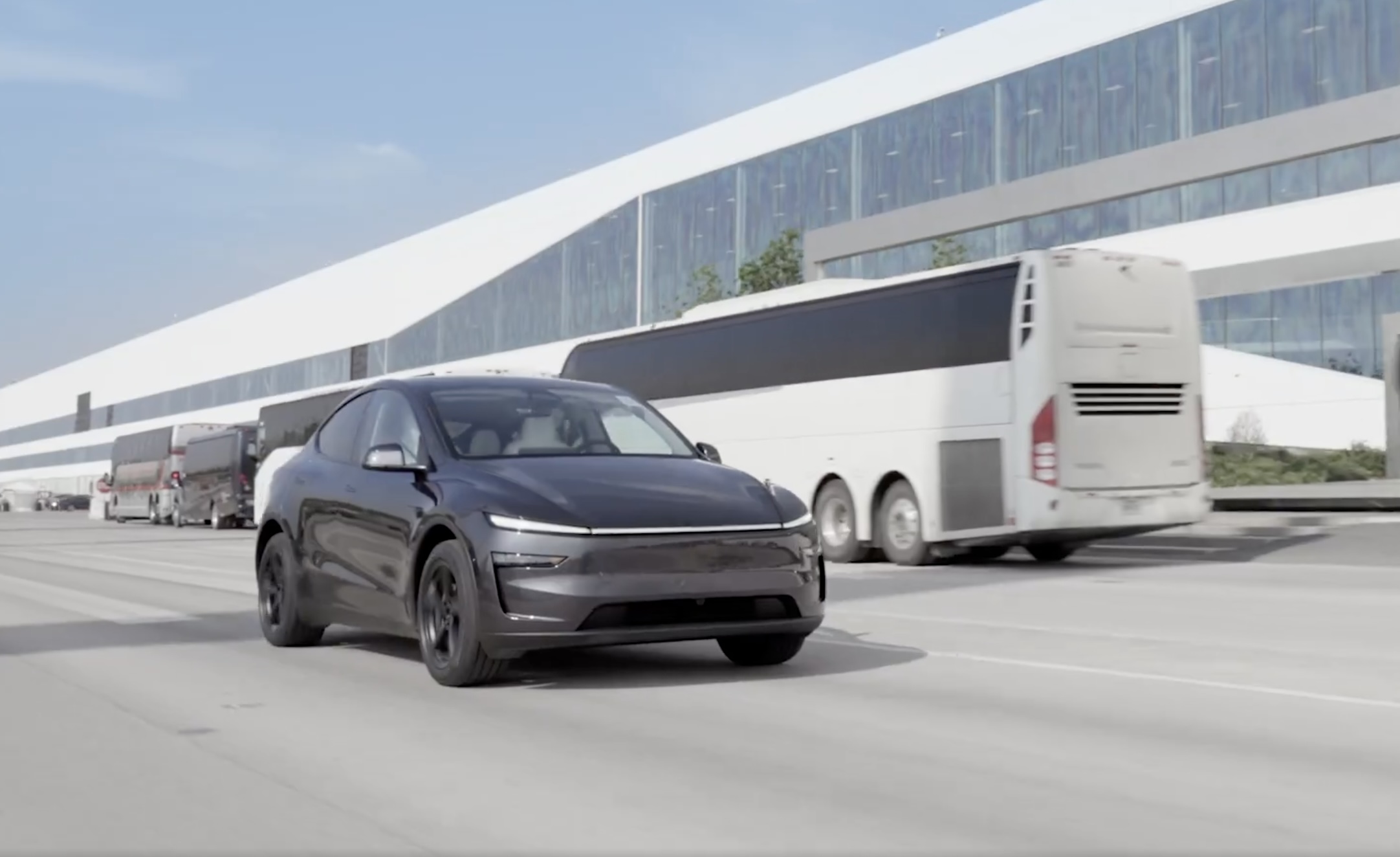
Tesla stock (NASDAQ: TSLA) has landed an elusive “must own” status from Wall Street firm Melius, according to a new note released early this week.
Analyst Rob Wertheimer said Tesla will lead the charge in world-changing tech, given the company’s focus on self-driving, autonomy, and Robotaxi. In a note to investors, Wertheimer said “the world is about to change, dramatically,” because of the advent of self-driving cars.
He looks at the industry and sees many potential players, but the firm says there will only be one true winner:
“Our point is not that Tesla is at risk, it’s that everybody else is.”
The major argument is that autonomy is nearing a tipping point where years of chipping away at the software and data needed to develop a sound, safe, and effective form of autonomous driving technology turn into an avalanche of progress.
Wertheimer believes autonomy is a $7 trillion sector,” and in the coming years, investors will see “hundreds of billions in value shift to Tesla.”
A lot of the major growth has to do with the all-too-common “butts in seats” strategy, as Wertheimer believes that only a fraction of people in the United States have ridden in a self-driving car. In Tesla’s regard, only “tens of thousands” have tried Tesla’s latest Full Self-Driving (Supervised) version, which is v14.
Tesla Full Self-Driving v14.2 – Full Review, the Good and the Bad
When it reaches a widespread rollout and more people are able to experience Tesla Full Self-Driving v14, he believes “it will shock most people.”
Citing things like Tesla’s massive data pool from its vehicles, as well as its shift to end-to-end neural nets in 2021 and 2022, as well as the upcoming AI5 chip, which will be put into a handful of vehicles next year, but will reach a wider rollout in 2027, Melius believes many investors are not aware of the pace of advancement in self-driving.
Tesla’s lead in its self-driving efforts is expanding, Wertheimer says. The company is making strategic choices on everything from hardware to software, manufacturing, and overall vehicle design. He says Tesla has left legacy automakers struggling to keep pace as they still rely on outdated architectures and fragmented supplier systems.
Tesla shares are up over 6 percent at 10:40 a.m. on the East Coast, trading at around $416.









